Using the Hero’s Journey Archetype
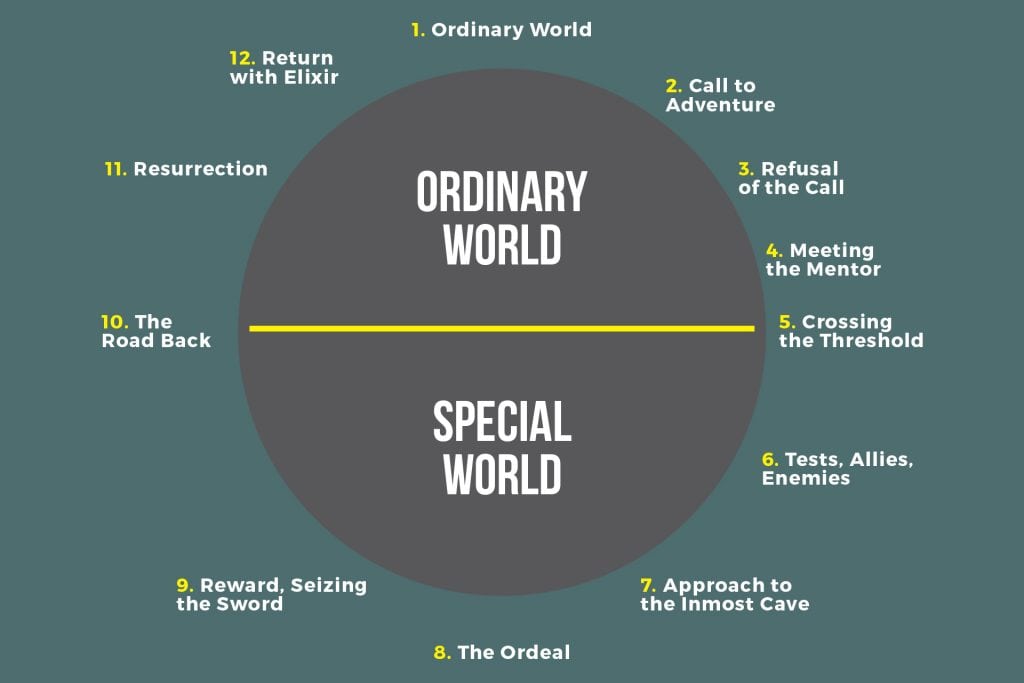
Harry Potter, Spiderman, and The Lion King are all beloved stories of otherwise normal characters wrestling through trials and tribulations to transform into amazing heroes. Although they each have their unique characteristics, these stories follow a similar narrative pattern: the Hero’s Journey.
The hero’s journey is a popular narrative structure first introduced by Joseph Campbell, and later on, revised by Christopher Vogler. Observed in many popular stories and movies such as The Matrix and Lord of the Rings, the hero’s journey is a great writing guide for authors wanting to explore the adventures of the main character.
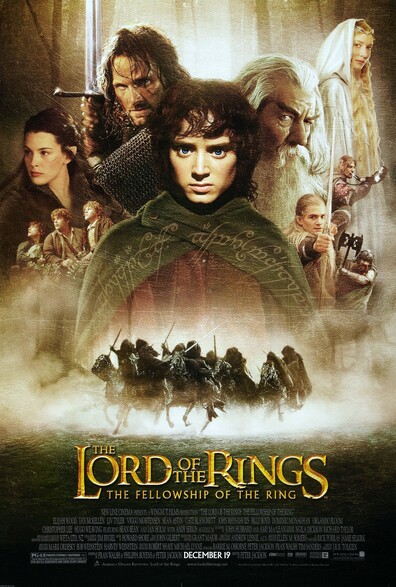
In this article, we will be teaching how to use the archetype and even give you a guide on how you can use LivingWriter’s very own template for the Hero’s Journey so that you can kick-start your writing journey!
The Hero’s Journey Archetype
First popularized by Joseph Campbell, the hero’s journey, also called the monomyth, is a template of stories where heroes go on an adventure, undergo various challenges, and come back transformed. This can be seen as a specific breakdown of the Three-Act Structure, exposing 17 finer stages in the narrative.
Christopher Vogler further improved upon Campbell’s work, whittling down the final number of stages to 12. Despite the reduction in number, Vogler’s stages are comparatively similar to Campbell’s, and so will be the focus of our discussion.
Campbell and Vogler’s stages can be simplified first into three acts: Departure, Initiation, and Return. Each of these acts comprises the major plot points present in a Hero’s Journey story.
The Hero’s Journey divides the world or setting into two parts, the “ordinary” world, and the “special” world. Typically, the main character is compelled to leave the “ordinary” world, as there are changes or problems inside it that can only be resolved by exploring the unknown “special” world.
As with any writing framework, the Hero’s Journey is not a rigid template that needs to be followed to the dot. As a guide, writers who may be having difficulty progressing their story’s plot may want to look into the Hero’s Journey on what direction their story can go.
LivingWriter’s Template: Hero’s Journey
To make your own writer’s journey as painless and comfortable as possible, we will also be including examples of how to use LivingWriter’s template of the Hero’s Journey. The reference material for the examples will be J.K. Rowling’s Harry Potter and the Philosopher’s Stone.
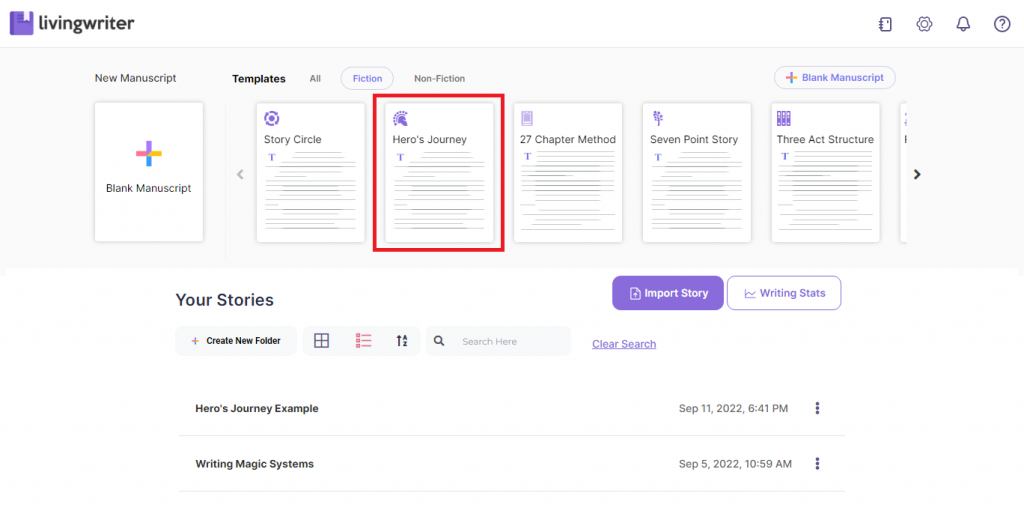
To start, the template should be readily available at the top portion of LivingWriter, under the Fiction section. Once you’ve loaded into the main editing interface, you will see that the Manuscript sidebar has been pre-filled with the 12 stages and details for each stage.
We’ll go through each stage and see how you can write an amazing story with the help of this framework.
First Act: Departure
The first act, Departure, typically deals with the introduction of the main character and the “ordinary” world that they have come to be used to. The main character is then compelled to embark on an adventure outside their comfort zone, which they may initially refuse before being advised by a mentor to proceed.
There are five stages under the Departure Act: Ordinary Adventure, Call to Adventure, Refusal of the Call, Meeting with the Mentor, and Crossing the First Threshold.
Ordinary Adventure
This stage introduces the main character as a “normal” person in the “ordinary” world. Setting up the setting of the story, this stage identifies the status quo and the main character passively blends into it. The important part of this stage is to provide the contrast for the “special” world.
For the most part, the main character exists with little to no knowledge or aspirations to explore the great unknown. Instead, we can see the protagonist’s daily life as a commoner and get to know them in a personal way.
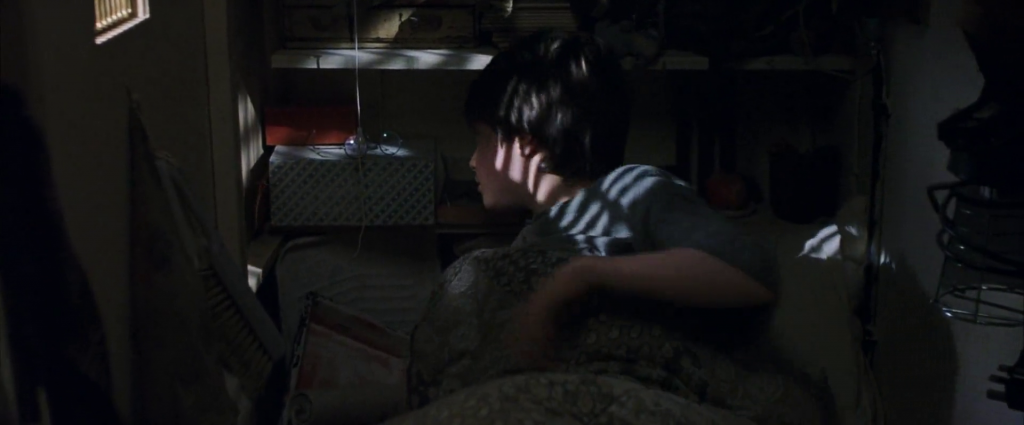
LivingWriter’s Example: Harry Potter lives with his Uncle and Aunt under the stairs. He’s a normal boy, except for one thing. Strange things happen around Harry: talking snakes, his cousin being zapped into a reptile pit, etc.
Call to Adventure
The call to adventure is not exactly a direct invitation for exploration. Rather, it refers to any motivation that may push the main character to venture out to the greater world. These motivations can come in many flavors, from threats of safety for himself, his family, and his community to even just accidentally stumbling across the issue.
The critical part of this stage is to introduce the problem that will make the protagonist go out of their comfort zone. This problem must be unavoidable, such that the hero cannot leave it unattended.

LivingWriter’s Example: Owls start dropping off invitations for Harry to attend a magical school called Hogwarts.
Refusal of the Call
The main protagonist may find himself unworthy of the call, or they may be ill-equipped for the journey. No matter what the reason is, the hero will often doubt themself: are they capable enough for the adventure?
By the end of this stage, however, they should also gain the resolve to undergo the journey. Again, they must be compelled by the circumstances brought about by the problem for them to have no choice but to change their mind.
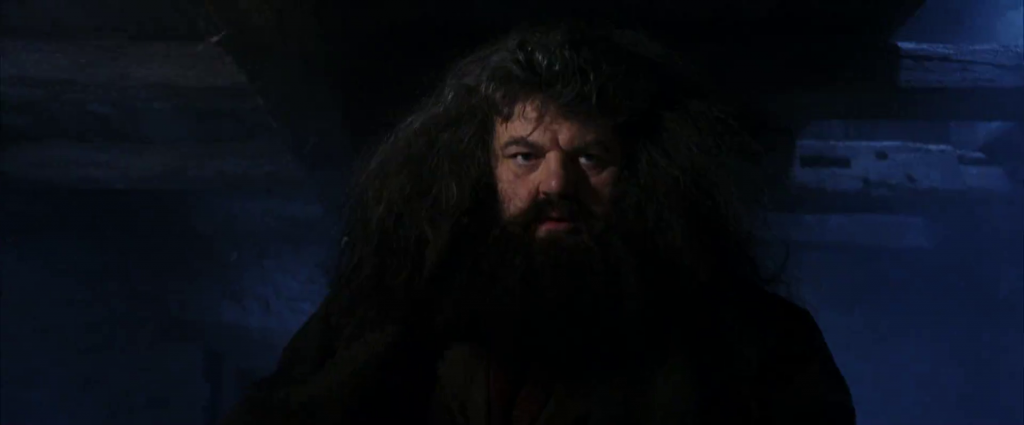
LivingWriter’s Example: Harry barely refuses to go to Hogwarts; he decides pretty quickly. The Dursleys, instead, refuse the call for Harry by preventing the letters from getting to him. They succeed for a while until Hagrid breaks through the door.
Meeting with the Mentor
As established in the previous stage, the main character is often a fledgling, with barely enough knowledge to proceed with the adventure. At this point, they should be able to meet a mentor who can guide them and encourage them to go out into the world.
This mentor often comes in the form of wise old men and seasoned sages who advise the neophyte adventurer. However, the mentor does not even have to be human. Rather, this stage simply indicates the preparation that the protagonist needs to start their journey.
LivingWriter’s Example: Harry Potter has many Mentors in the books, but his first would be Hagrid who takes him away from the Dursleys and shows him what his life could be.
Crossing the First Threshold
Now that the protagonist has made the firm decision to venture out to the unknown world, this stage shows their actual departure from the nest. They are going to cross the threshold between their known world and the “special” world, from a time of normalcy to where exciting adventures and dangerous adversaries await.
This threshold is often marked by a threshold guardian, often someone (or something) who tests the main character’s resolve in the adventure.
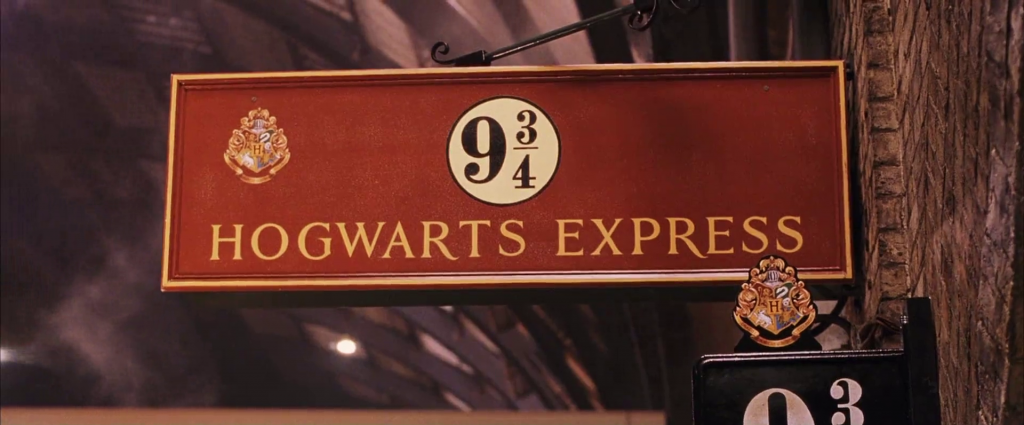
LivingWriter’s Example: Harry Potter wets his feet in Diagon Alley. He’s introduced to all kinds of oddities, magic, broom and wand shops, etc. Platform 9 ¾ is a direct crossing of the threshold (through a portal into the Wizarding World) – much more succinct than most stories.
Second Act: Initiation
After having left the nest, the second act deals with all the trials and tribulations the main character faces to pursue their ultimate goal. From meeting important allies and battling minor enemies, to achieving the reward after reaching the final cave and defeating the great bad villain. The bulk of this act occurs in the “special” world, where the main character is tested for their worth to their goal.
Initiation comprises four stages: Tests, Allies, Enemies; Approach to the Inmost Cave; Ordeal; and Reward (Seizing the Sword).
Tests, Allies, Enemies
As the meat of the story, this stage introduces the trials that test the protagonist. These trials are littered across the novel, testing certain aspects if they are comparable to their main adversary.
These trials will introduce two sets of characters: allies and enemies. A hero is rarely without a band who will support them. Throughout the story, the main character will meet the deuteragonists and other minor characters who will provide aid to them.
Enemies will perform opposing functions that hinder the journey of the hero. They can be minions of the great villain, or simply dangerous characters that comprise the trials that would be faced by the main character.
Of course, the main challenge of the protagonist is to be able to discern their allies from enemies, while building up their skills and revealing a bit of their personality as they are constantly tested by the unknown world.

LivingWriter’s Example: Harry Potter makes close friends with Hermoine Granger and Ron Weasley. He fights trolls, Quidditch teams, magic vines, tough classes, and a persistent enemy in Malfoy.
Approach to the Inmost Cave
This stage is not yet the decisive battle, but rather the preparatory stage right before the central conflict. The cave can also be not a cave, but rather the place where the reward or the goal of the main character can be fulfilled.
Often, this is the lair of the villain or a hidden chamber highly protected by traps, which should be solved through the skills and knowledge gained by the main character from the previous stage.
The inmost cave, although often an actual physical area in the unknown world, can also represent the internal meditation and self-reflection of the main character. As the time to face the great villain approaches, the main character takes time to introspect and regain the courage to finally reach the crux of their journey.
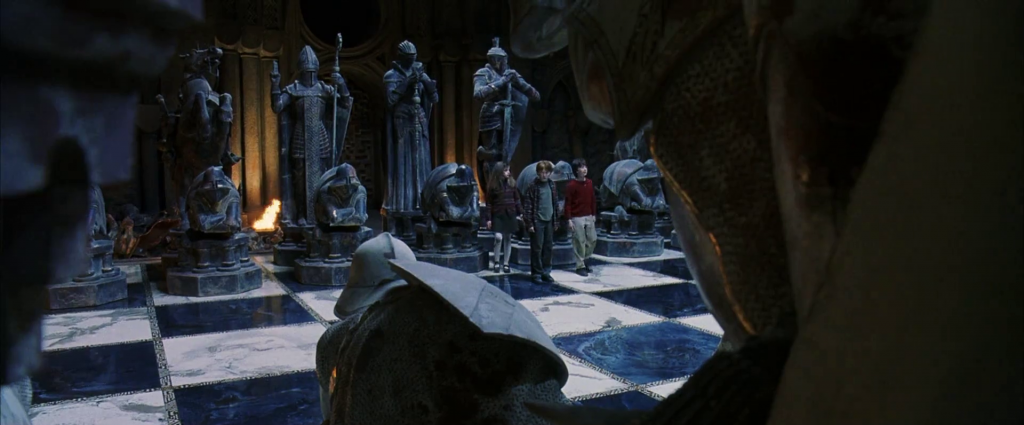
LivingWriter’s Example: Harry Potter and his friends have to go through three trials designed by three different professors. They are tailored to each other’s skills. However, at the last gate, the hero must go through alone and Harry has to leave his friends behind for the last challenge.
Ordeal
After being physically prepared by the tests and mentally prepared by the approach, here comes the Grand/Supreme/Greatest Ordeal. In most cases, this is the part where the main character musters all strength and courage to fight the final villain.
These battles of strength are often fashioned after the iconic David vs. Goliath battle, where the protagonist takes on an underdog position against the more experienced, initially stronger, and wiser villain. The main character has to fight, maybe even to the death, to claim their reward.
However, even if the ordeal is not related to bouts of action, this stage will always include a psychological ordeal. Overcoming their fears is integral to the culmination of the ordeal. After placing everything they hold dear on the line, the resolution of the ordeal will result in a profound change in the main character.
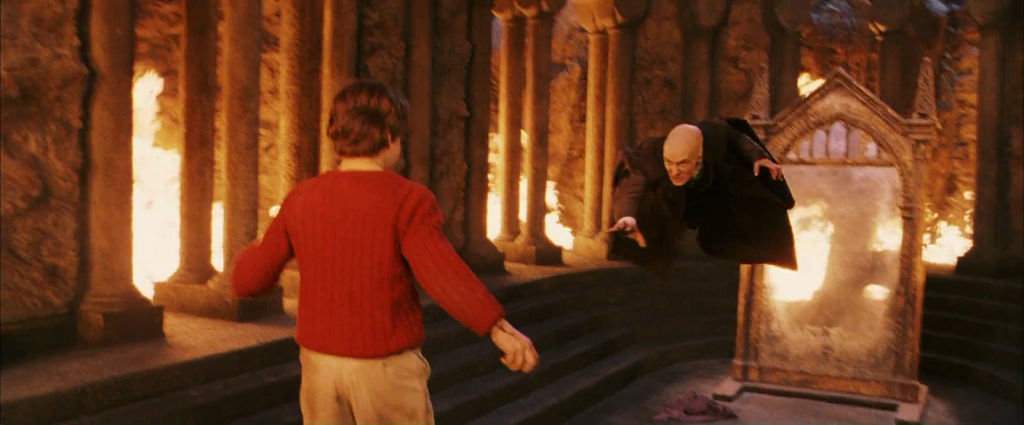
LivingWriter’s Example: Harry is tested both physically and morally in the last trial. He comes out alive and banishes Voldemort until the next book.
Reward (Seizing the Sword)
The reward represents the object or goal that the hero has worked so hard to attain. After defeating the great villain and/or overcoming all the challenges related to them, the hero achieves his goal and prepares themself to return, now forever changed.
LivingWriter’s Example: With Voldemort gone, the Sorcerer’s Stone is safe from his clutches.
Third Act: Return
After leaving the known world to venture out to unknown lands, the hero begins their journey back to the known world, after achieving all that they’ve set out to do. However, this return back to the original world is not without its trials, perhaps even greater than those they’ve faced in the previous act.
The Return Act contains the last three stages: The Road Back, Resurrection, and Return with the Elixir.
The Road Back
Fighting and defeating the villain is only half of the problem. The road back will not be a grand red carpet back to the peace of the ordinary world: remember that they are still in the inmost cave, and the lesser minions are not wont to let you pass freely. These are often lesser conflicts brought about by the actions from the previous act.
LivingWriter’s Example: After being knocked unconscious, out of the view of the audience they are taken by the Professors to the hospital wing.
Resurrection
If you think all are good and dandy by this point, you would be wrong. Considered to be the true climax of the story, the main character undergoes a final trial, one so great that they will need divine intervention or miraculous circumstances to even hope to get out.
The villain may have yet one more trick up their sleeve, setting up for the apparent defeat of the hero. Their success usually involves their resurrection, whether literally or figuratively. This resurrection ultimately indicates the great change inside the main character.

LivingWriter’s Example: Harry wakes up in a hospital bed. Recovering from this injury is a symbolic resurrection of Harry Potter.
Return with the Elixir
After their resurrection, the hero finally sets out to return to their ordinary world. The elixir is, again, often symbolic: it can be anything that the hero brings back as a trophy for all their troubles.
An important part of this stage is to show that despite coming back to where they came from, the hero is forever a changed man. Having learned lessons and fought their internal demons, the protagonist has truly grown and matured into the hero that they are now proclaimed.
LivingWriter’s Example: For Harry Potter, Voldemort was vanquished from the Wizarding world for the time being.
The Writer’s Journey using the Hero’s Journey
The hero’s journey is but one of the many writing frameworks authors can use to guide and dissect plots. As a popular narrative pattern present across various titles in literature and film, the hero’s journey is guaranteed to be a story loved by the masses.
Of course, there is also Dan Harmon’s Story Circle. The 27 Chapter Method is another framework with around the same level of detail, but a bit more general. For stories where you want to explore a singular protagonist’s journey from zero to hero, the hero’s journey is perfect.
Of course, LivingWriter’s template of the Hero’s Journey is going to be there to help you out on every stage. With a guide to help you out, you’re sure to spend more time brainstorming ideas rather than idling on your outline.
Try LivingWriter now!